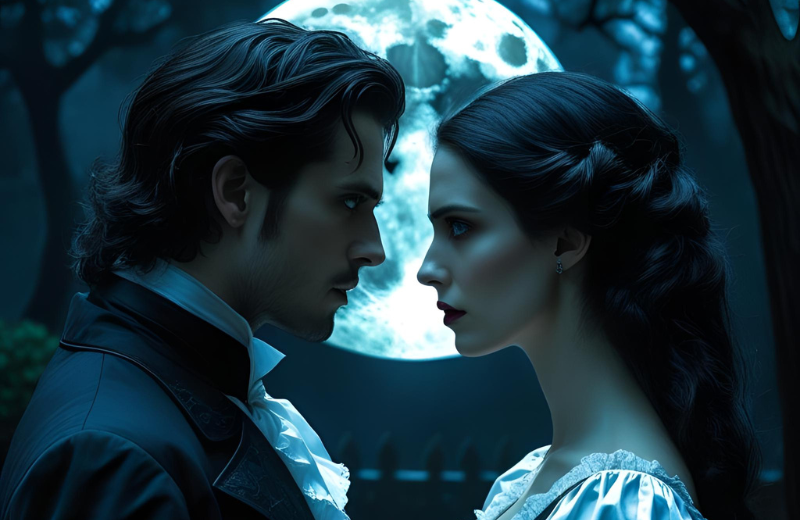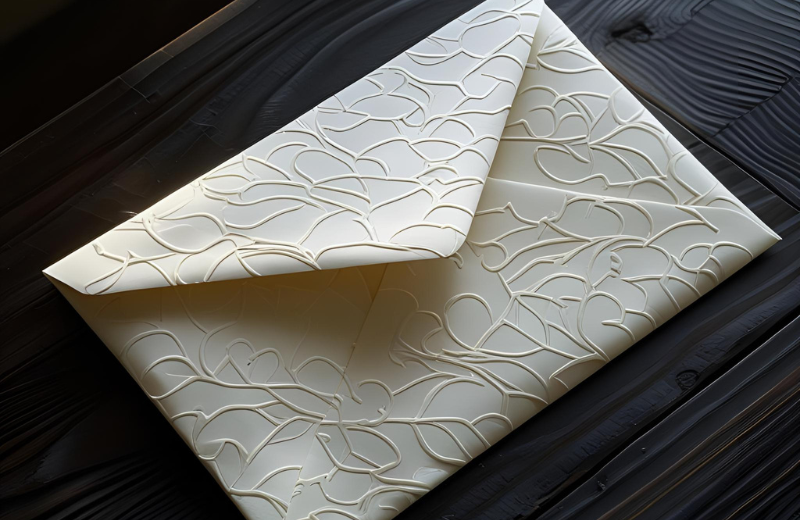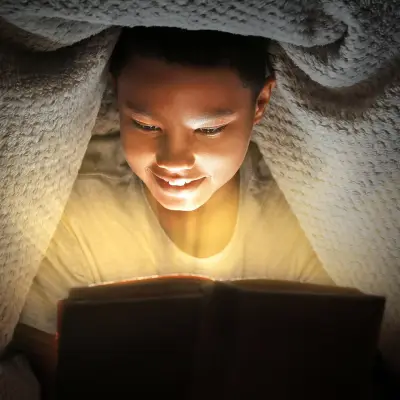If you’ve ever lost yourself in the pages of a romantic love story and thought, I’d love to write something like this, this guide is for you. Romance is one of the most beloved and bestselling genres worldwide, offering excitement and emotional connection. Whether you’re interested in writing a romance novel book or just curious about romance writing in general, this guide gives you the tools to get started with confidence.
Let’s explore how to write romance fiction that connects with readers through compelling characters, strong story ideas, meaningful settings, and an understanding of what makes a love story truly work.
Jump to:
- What Is a Romance Story?
- Step 1: Choose Your Romance Genre
- Step 2: Create Complex, Believable Characters
- Step 3: Play with Popular Romance Tropes
- Step 4: Build Romantic Chemistry
- Step 5: Use Settings to Enhance the Mood
- Step 6: Craft a Plot That Supports the Romance
- Step 7: Use Prompts and Story Ideas for Inspiration
- Step 8: Explore Themes That Deepen the Love Story
- Step 9: Choose a Romantic Title That Reflects the Story
- Frequently Asked Questions
- Study Our Novel Writing Diploma for £29
Recommended for you!
Best SellersWhat Is a Romance Story?
A romance story focuses on the development of a romantic relationship between two (or sometimes more) characters. The central plot revolves around love: its challenges, its joys, and its ability to transform people. A happily-ever-after or emotionally satisfying ending is typical, though not mandatory, in more modern or subversive styles of romance.
The definition of romance literature is broad, encompassing everything from light-hearted romantic comedies to intense, emotional dramas, as well as darker themes such as forbidden love or unrequited passion.
Romance fiction can appear across various genres, including historical, fantasy, paranormal, and contemporary, each offering its own unique take on love and relationships.
Step 1: Choose Your Romance Genre

Romance books come in many flavours. Picking the right romance genre will help you decide the tone, setting, and level of emotional intensity in your story. Some of the most well-known romance novel genres include:
- Contemporary Romance – Love stories set in the modern day, often focused on relatable, real-life experiences. Contemporary romances are grounded in today’s world, often with themes like family, career, and self-discovery.
- Historical Romance – Set in the past, often with rich period detail and societal rules that influence the romance.
- Paranormal or Fantasy Romance – Includes magical, supernatural, or otherworldly elements.
- Romantic Suspense – Blends a love story with a mystery, thriller, or action plot.
- Dark Romance – Explores intense emotional or taboo themes, such as forbidden relationships or psychological conflict.
- Black Romance – Centred on Black protagonists, with cultural and personal themes woven into the love story.
If you're unsure where to start, think about the books you love to read—those are often the best indicators of the stories you’ll enjoy writing.
Step 2: Create Complex, Believable Characters
Romance stories thrive on character. Your leads need to feel like real people with personalities, flaws, goals, and emotional histories. Their growth and connection form the emotional arc of the novel.
Rather than relying only on lists, consider this: Your romantic leads should have something they want, something they fear, and something they’re not yet ready to admit. These hidden desires and emotional walls are what make the relationship compelling.
Give both characters individual story arcs. They should grow both in love and in personal understanding, often because of the challenges the romance presents.
Step 3: Play with Popular Romance Tropes

Tropes are common storytelling patterns, and in romance, they’re absolutely adored. Used well, they create familiarity and tension while still leaving plenty of room for creativity. Here are a few beloved romance book tropes:
- Friends to lovers
- Enemies to lovers
- Fake dating
- Second chance romance
- Opposites attract
- Forbidden romance
- Older lovers
These relationship tropes help define expectations, but don’t need to be clichéd. Put your own spin on them: change the setting, reverse the gender roles, or subvert the emotional journey.
Step 4: Build Romantic Chemistry
Great romance writing isn't just about what happens—it’s about how it feels. Emotional tension, shared looks, unspoken words, awkward pauses, or charged silences can all create compelling chemistry.
Try writing scenes where your characters misunderstand each other, argue, support one another, or show affection in small, meaningful ways. You don’t need a grand gesture in every chapter. Sometimes, a hand on the back or a shared joke says far more than a kiss.
Think of the most romantic scenes of all time—they’re often not explicit, but emotionally powerful. A great love scene deepens the connection and raises the emotional stakes. It can be light and playful, or intense and vulnerable. Just make sure it moves the story forward.
Step 5: Use Settings to Enhance the Mood

A memorable setting can elevate a love story, anchoring emotional beats in physical space. The location should reflect the tone of your romance, whether it’s cosy, dramatic, exotic, or magical. You might choose:
- A small-town café where sparks fly between rivals
- A rainy street where ex-lovers meet again
- A mysterious forest where fantasy lovers break a curse
Strong romantic settings can mirror the emotional landscape of your characters. Think of your setting as a quiet character in its own right, one that changes, reveals, and influences the story.
Step 6: Craft a Plot That Supports the Romance
Romance novels need a solid plot, and it’s more than just "will they or won’t they". The story should contain conflict, tension, and momentum. Here’s a simple structure many romance writers follow:
- The Meet-Cute – How your leads first encounter each other (often in a surprising or awkward way).
- Developing Attraction – Emotional or physical tension builds.
- The Conflict – Something threatens their connection (internal fears, external situations, or past baggage).
- The Crisis – A moment where the relationship breaks or is tested.
- The Resolution – The characters change, reflect, and come together in a meaningful, satisfying way.
Don’t forget to tie the romance into your characters’ personal goals. Their connection should challenge them to grow, face their fears, or make important choices.
Step 7: Use Prompts and Story Ideas for Inspiration

Sometimes, all it takes is a single sentence to launch a great story. Whether you're writing a short piece or mapping out an entire novel, romantic writing prompts are a great way to explore new ideas. Here are a few romance novel writing prompts to get started:
- Two wedding planners who secretly hate each other are forced to collaborate on a high-profile event.
- A woman receives a love letter written fifty years ago, meant for someone else.
- A retired soldier returns to their hometown and reconnects with their childhood friend.
Step 8: Explore Themes That Deepen the Love Story
The best love stories say something about life, growth, and connection. A strong theme helps readers relate emotionally and gives your novel a deeper meaning. Popular love story themes include:
- Redemption or second chances
- Healing from past trauma
- Learning to trust
- Identity and self-worth
- Letting go of fear
You don’t need to spell your theme out on the page. Let it emerge naturally through your characters’ choices, challenges, and conversations.
Step 9: Choose a Romantic Title That Reflects the Story
Titles are your first impression. A great romantic novel title gives readers a taste of what to expect: tone, genre, theme, and emotional vibe.
Play around with: key words from your story ("After the Storm", "A Whisper Between Us"); emotional phrases ("Falling Slowly", "Forever Isn’t Long Enough"); and clever puns or play on tropes ("The Plus-One Pact", "Enemies with Benefits").
If you're stuck, scan other books in your subgenre for inspiration.
Recommended for you!
Best SellersFrequently Asked Questions
How do I start a romance novel?
Start with a moment of emotional relevance: perhaps your leads’ first meeting, or a major life change that sets the story in motion. Hook your readers quickly to establish tone and interest right from the beginning.
What are the 7 elements of romance?
The seven elements of romance include characters, conflict, emotional stakes, romantic tension, satisfying resolution, genre-specific elements, and internal growth. Each of these contributes to a richer, more emotionally satisfying story.
Do romance novelists make money?
Some romance novelists do very well, especially those who self-publish frequently or secure traditional deals. Writing romance can be profitable when combined with consistent output and audience engagement.
How long should my first romance novel be?
Typically, a full-length romance book is 70,000 to 90,000 words. A romance novella might be 20,000 to 50,000 words, making it a good option for first-time writers or short-form storytelling.
Is romance hard to write?
Like any genre, romance writing takes practice. The emotional depth and relationship dynamics can be challenging, but also deeply rewarding when done well.
What kind of romance books sell the most?
Contemporary romance, romantic comedies, and romantic tropes like enemies to lovers or fake dating tend to be popular. Readers often gravitate toward familiar tropes with fresh, unique twists.
Study Our Novel Writing Diploma for £29
If you’re ready to take your storytelling further, the Novel Writing Diploma Course at Centre of Excellence is the perfect next step. The course is designed for writers of all levels and covers every stage of writing a novel, from initial idea to final polish. For a limited time, you can enrol for a discounted price of £29!












